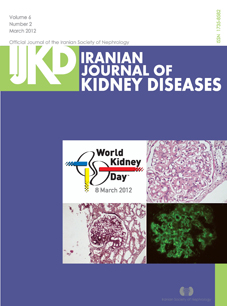The Global Role of Kidney Transplantation
Abstract
World Kidney Day on March 8th 2012 provides a chance to reflect on the success of kidney transplantation as a therapy for end-stage kidney disease that surpasses dialysis treatments both for the quality and quantity of life that it provides and for its cost effectiveness. Anything that is both cheaper and better, but is not actually the dominant therapy, must have other drawbacks that prevent replacement of all dialysis treatment by transplantation. The barriers to universal transplantation as the therapy for end-stage kidney disease include the economic limitations which, in some countries place transplantation, appropriately, at a lower priority than public health fundamentals such as clean water, sanitation, and vaccination. Even in high-income countries, the technical challenges of surgery and the consequences of immunosuppression restrict the number of suitable recipients, but the major finite restrictions on kidney transplantation rates are the shortage of donated organs and the limited medical, surgical, and nursing workforces with the required expertise. These problems have solutions which involve the full range of societal, professional, governmental, and political environments. World Kidney Day is a call to deliver transplantation therapy to the one million people a year who have a right to benefit.Downloads
Download data is not yet available.
Downloads
Published
2012-03-02
Issue
Section
REVIEW | Transplantation
How to Cite
The Global Role of Kidney Transplantation. (2012). Iranian Journal of Kidney Diseases, 6(2), 81-87. https://ijkd.org/index.php/ijkd/article/view/734


